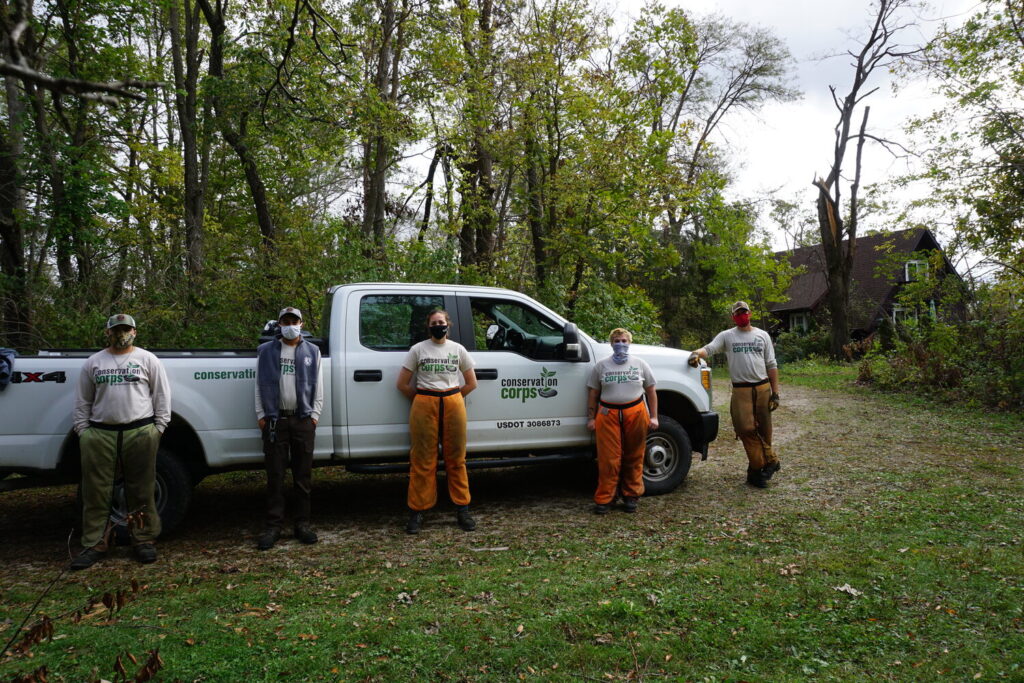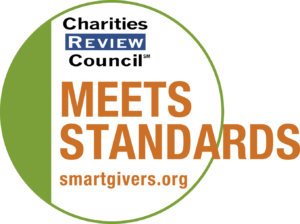Although the Covid-19 pandemic has stopped or slowed so much of what normally happens in our world, people serving in AmeriCorps have continued to serve their communities without a decrease in service hours or a pause in the help they can offer.
Many of the AmeriCorps members currently serving have had to adapt either to Center for Disease Control (CDC) recommended guidelines or to serving virtually, but they move forward carrying out critical service with their organizations. Some members have pivoted their roles to take care of unmet needs that have been exacerbated by the pandemic – including help with food insecurity, childcare for essential workers or providing technology help for isolated people who want to continue to maintain social connections with others online but don’t have the means or skills to do so.
The program managers and directors who oversee these AmeriCorps members are also rising to the occasion – and fostering connection and community among members while continuing to support them. Barabara Gunderson, AmeriCorps Director at the Southern Minnesota Initiative Foundation (SMIF), said the AmeriCorps LEAP members who provide virtual lessons instead of face-to-face interaction with the PreK students who they serve “miss their kiddos” and worry about their parents feeling overwhelmed with the work they are sending home, but she is helping her team stay optimistic and connected.
“We try to keep the optimism and resilience going through our team Zoom meetings, and I am realizing how vital and meaningful it is to regularly meet with the member team because they need this time and the friendships of their Corps mates to know that they are not alone and they have support and can be honest in expressing the stress of the challenge COVID and building trusting relationships remotely with social emotional skills,” Gunderson said.
Indeed, service looks a little different for most AmeriCorps members this year. With thanks to the many program staff members who sent us updates, here is an inspiring round-up featuring how some of our Minnesota AmeriCorps programs and members have adjusted to the current difficult circumstances.
AmeriCorps LEAP
AmeriCorps LEAP members are in a variety of situations, from providing distance learning to serving in person in a classroom – particularly in the case of the youngest PreK children they serve. Additionally, three members are serving at school-operated child care centers for essential workers.
City of Lakes AmeriCorps
City of Lakes AmeriCorps members are all serving remotely this year and doing the same service that they usually do in person – for example, supporting middle school LTELs, ESL and content classes during the day. After school, members provide homework help and enrichment classes in online programs. They also do 1:1 virtual check-ins with students and families.
College Possible
AmeriCorps members serving in College Possible are entirely remote and using Google Meet as well as email, text and phone conversations to provide coaching to their students. The organization has slightly altered the curriculum in order to better accommodate its delivery model, but otherwise, members are accomplishing the same goals.
Community Forestry Corps
Community Forestry Corps launched this past fall, and members – who typically are placed as a single member at their host sites – are out in the communities conducting tree inventories, identifying spring planting opportunities and designing gravel beds. Members have also developed Emerald Ash Borer plans and developed environmental and tree education and outreach. Members who serve around other people do so in accordance with CDC guidelines.
CTEP – Community Technology Empowerment Project
CTEP members have shifted their service to serving in person at partner sites (many of which were public sites that are now closed to the public) to offering new services to members – assistance with remote instruction, one-on-one computer assistance that can be done virtually. First members (Digital Navigators) called potential participants to assess hardware/internet needs and ability to learn motely, and then helped them identify resources from free or low-cost sources. They also assist service sites with acquiring laptops and internet hotspots, and some members assist with computer refurbishment at PCs for People as well as laptop distribution. In addition, CTEP members have successfully led efforts to transition community partners (to teaching technology literacy skills remotely.
Conservation Corps
Members serving in Conservation Corps Minnesota & Iowa, have continued to serve with an increase in safety protocols related to the pandemic. For AmeriCorps members working outside in the field, this means lots of sanitizing, face covering requirements, 2 person maximum in vehicles, daily health screenings, and procedures to reduce crowding in shop locations. AmeriCorps members placed at partner agencies have served remotely as much as possible. Members are sharing skills and building community through virtual orientations, trainings, events and celebrations.
Green Corps Minnesota
GreenCorps’ AmeriCorps members are serving remotely at locations across the state with a few are doing a hybrid of in-person and remote, and just a handful of members are serving full-time in-person. Host sites have adopted their member’s workplans to accommodate pandemic changes (virtual lessons/meetings/presentations/outreach) while still providing members with a meaningful service experience. All members are engaging in online training and additional virtual professional development opportunities.
MN Alliance With Youth Promise Fellows
MN Alliance With Youth Promise Fellows are serving in a number of different models right now, all depending on how their host sites are functioning. Many Fellows are supporting students fully virtually by hosting office hours, supporting virtual classroom spaces, doing 1-1 check-ins and phone calls home, and creating fun virtual engagement/connection activities for students. Another group of Fellows are still serving from their host site mostly virtually, but are able to see students in person through scheduled, socially distanced 1-1 meetings, or when they assist with food distribution through their host site.
Opportunity Corps
AmeriCorps members serving in Minnesota Opportunity Corps are able to serve remotely, in-person, and a hybrid while following CDC health precautions if they go into their sites. They also are doing capacity building and emergency response initiatives.
Reading Corps and Math Corps
Minnesota Reading Corps and Math Corps members are continuing to serve in a variety of ways – including in person at schools in accordance with CDC guidelines, as a virtual tutor for the schools or as a virtual tutor for partnering schools and community organizations. Reading Corps and Math Corps also launched a new program called Scholar Squad, which offers weekly virtual one-on-one tutoring sessions to qualifying families whose children are learning from home this year.
Recovery Corps
Minnesota Recovery Corps members are serving both in person and virtually now. Those still serving in person are following all CDC guidelines, including wearing a mask at all times. Those that are providing remote services continue to support their participants in one-to-one or group settings by utilizing phone, email and Zoom. Additionally, some members have been able to provide additional support to the sites where they serve by helping with emergency response food, clothing and housing efforts.
True North AmeriCorps
Most True North AmeriCorps members are still supporting youth in person following strict safety practices – health screenings, mask wearing, small consistent groups and social distancing whenever possible. When Duluth schools moved to full virtual learning recently, many True North members started supporting emergency daytime care for children of essential workers. Several members are serving in community centers to provide technology and distance learning support that kids are not able to get at home. Many of these sites have also started distributing take-home meals to help families facing food insecurity.
Do you want to learn about serving in any of these AmeriCorps programs? See our webpage listing all of the programs, descriptions and links to learn more about apply.





